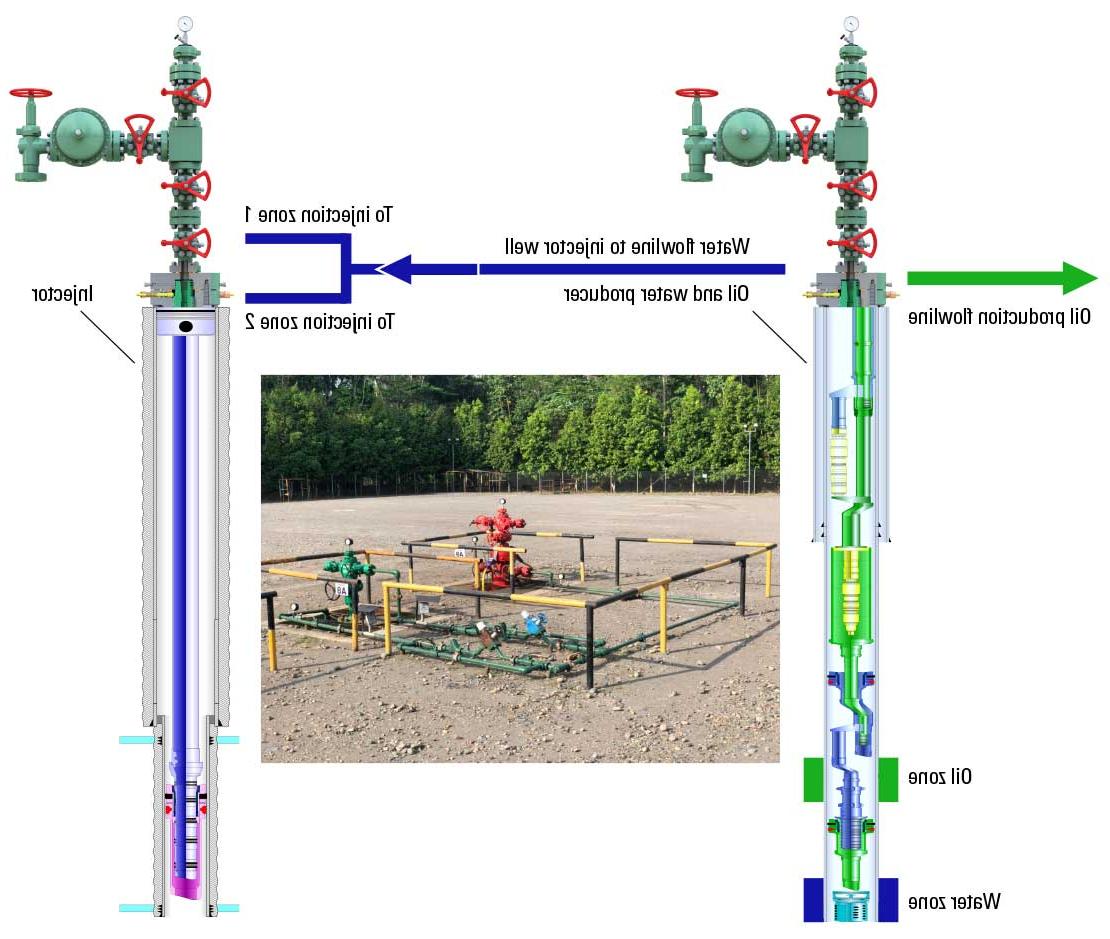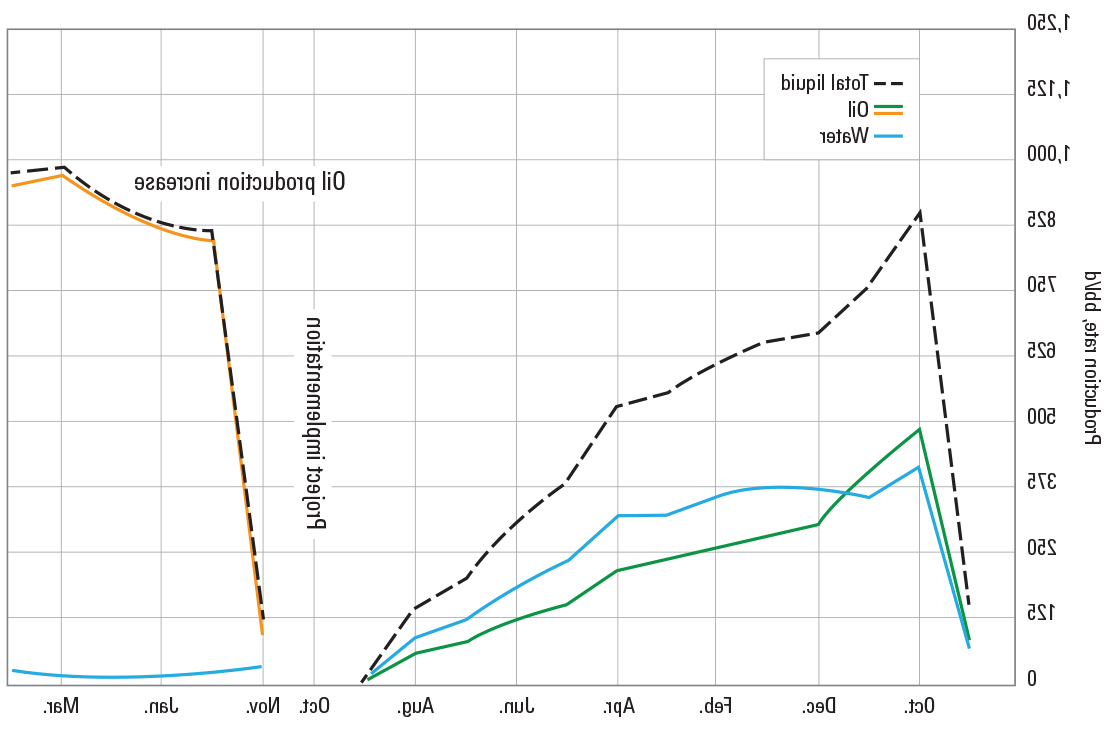REDA Continuum
Extended-life ESP pump
Improve lift, efficiency, and reliability in challenging unconventional and conventional oil wells.
Published: 05/11/2022

Published: 05/11/2022

Empresa Nacional del Petróleo (ENAP) operates the Inchi Field in northeastern Ecuador. Daily production was 3,000 bbl/d with one injector and 11 producers. The injection well used dumpflooding, producing water from one zone and injecting it into the oil reservoir to provide the drive for secondary recovery; the water did not require any treatment at surface. When operational issues in the injector started causing a decline in production, a solution was required. An oil producer (Inchi A9) on the same pad was identified as a suitable source of injection water. The water chemistry would avoid delays and capital expenditure on surface facilities for water treatment and pumping, which was critical to project economics. At the same time, ENAP did not want to lose production from the well.
ENAP and Schlumberger decided to implement an inverted dual concentric ESP design for the selected well. The novel completion includes a flow inverter, which enables the upper ESP to produce the lower zone while the lower ESP produces the upper zone.

The completion architecture includes several proprietary and other components to direct the fluids along the required paths. Moreover, the unique design incorporates technology to compensate for the expansion and contraction caused by downhole temperature fluctuations. This feature enhances completion integrity throughout the life of the well, addressing a known challenge for dual-ESP systems in the region. No surface processing or treatment facilities are required.
Located below the completion string were the perforating guns for the water zone and a MAXR tool for anchoring the guns. The MAXR enables automatic gun dropoff at the instant of detonation—before formation sand can cause the guns to stick. After the crew installed the completion, oil flow was restarted using the lower ESP and subsequently, the water zone was perforated. An eFire electronic firing head, which is activated by pressure pulses down the tubing annulus, detonated PowerJet Nova extradeep penetrating shaped charges selected as part of the PURE clean perforations system. This proprietary system minimized formation damage and skin.
As a result of the innovative design, the best production estimate of 693 bbl/d of oil with 1% water cut was exceeded by about 40%, with the well delivering nearly 1,000 bbl/d. Field production increased by 33% to 4,000 bbl/d as the impact spread to the other wells.
The water zone productivity index was higher than initial estimates, reducing ESP power consumption by 33.3%. By eliminating the need to build surface facilities, ENAP minimized capex and increased production more than 12 months earlier than otherwise possible. Water injection rate can be adjusted via the VSD (used for the upper ESP) and other surface equipment.


An innovative completion architecture leveraging two electric submersible pumps (ESPs) and the PURE clean perforations system cost-effectively maximized waterflood efficiency and secondary recovery in the Inchi Field in Ecuador.